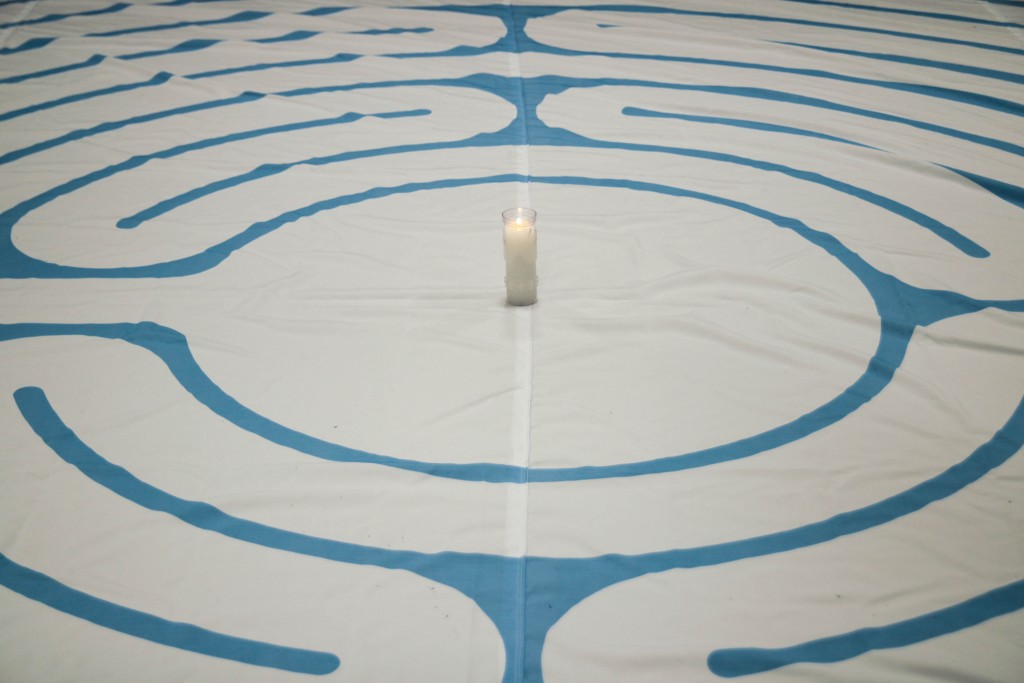
What is a Labyrinth?
A labyrinth is an ancient design found in many cultures. It is different than a maze in that it has only a single path to the center. The route to the center and back is clear and presents no navigational challenge. Many different types of people engage a practice of walking a labyrinth as a spiritual practice.
A labyrinth can be:
- A pathway that may become a mirror for our own lives and metaphor for our spiritual journey.
- A circle and a spiral, each a powerful and ancient symbol of unity, wholeness and transformation.
- A tool of spiritual growth, healing and transformation of heart, body, mind and spirit.
Labyrinths as a Spiritual Tool
The labyrinth is one of the oldest tools for prayer and meditation known to humankind. Labyrinths are found in many spiritual traditions and cultures throughout the world. The ancients knew the circle to be a sacred symbol of harmony, wholeness, integrity and grace. People from a variety of faith traditions and spiritual practices may walk a labyrinth. Walking the path offers a unique space to slow down, still the mind and find time for reflection in a fast paced world. It can be a place to receive wisdom and insight.
How to Walk a Labyrinth
When you enter the labyrinth you can trust yourself to the simple path ahead and begin to slow down. There is no right or wrong way to walk a labyrinth. Use it in whatever way is helpful for you. Some people like to follow a three part practice:
- Going in – Releasing. A time for letting go of the details of your life as you walk toward the center. This is the act of shedding thoughts and distractions. A time to open the heart and quiet the mind.
- Arriving at the Center – Illumination or Receiving. When you reach the center, stay there as long as you like. It is a place of meditation and prayer. Receive what is there for you to receive.
- Going Out – Returning. As you return along the same path reflect on any insights and connections that may have come to you and begin to integrate new insights and possibilities into your life. Carry your unique experience out into the world. It may be a refreshed spirit, renewed vision, calm, peace, gratitude, understanding forgiveness…
In this practice, quiet your mind and become aware of your breath. Allow yourself to find the pace your body wants to go. Since the path is two-way, those going in will meet those coming out. You may “pass” people or let others step around you. Do what feels natural. Walk the labyrinth with an open mind and an open heart. Each time you walk the labyrinth you become more empowered to find and do the work for which you feel your soul is reaching.
History of Labyrinths
Labyrinths are an ancient archetype dating back 4,000 years or more, used symbolically, as a walking meditation, choreographed dance, or site of rituals and ceremony, among other things. There is evidence of the existence of the classical labyrinth symbol (the most ancient labyrinth pattern) across southern Europe and North Africa from roughly 2000 BCE. Over time it took the form of rock carvings and paintings, inscriptions on ceramics, tiles and coins. The same basic design began to appear across Asia, the Americas and Southern Africa in an assortment of forms including rock carvings, sand games, wall paintings, wooden sculptures and woven baskets.



Social Media